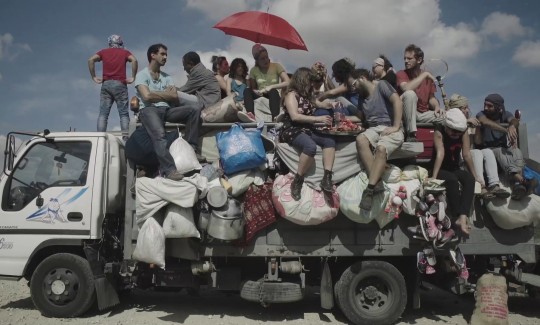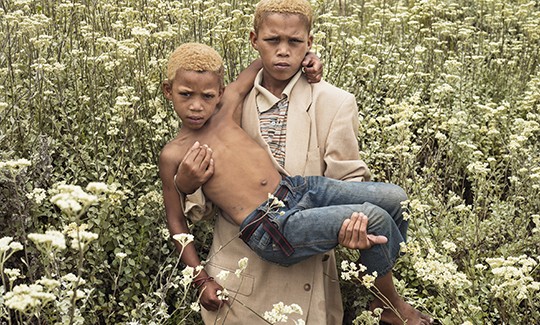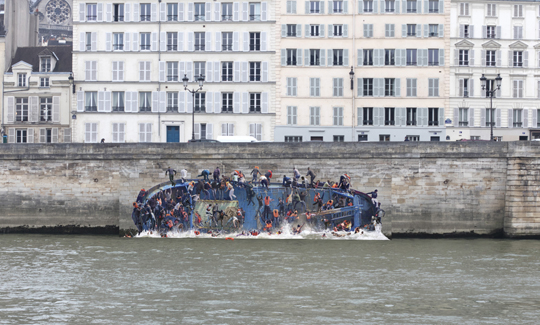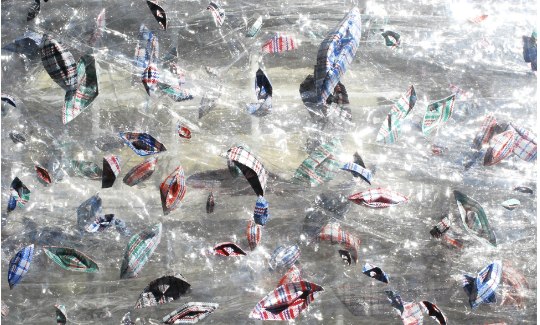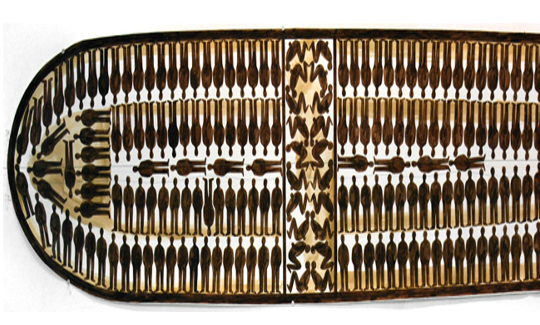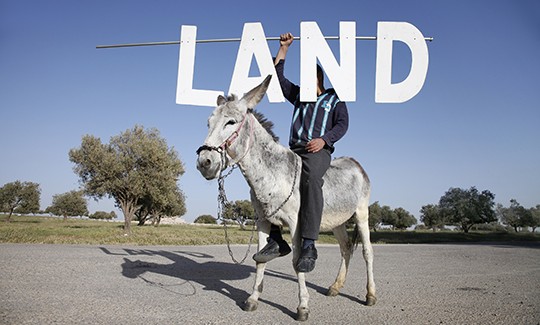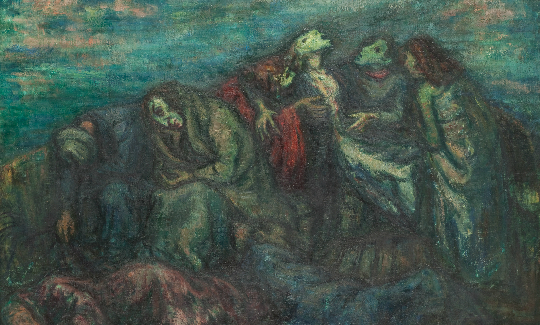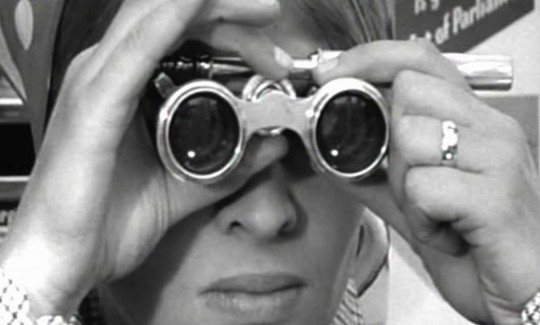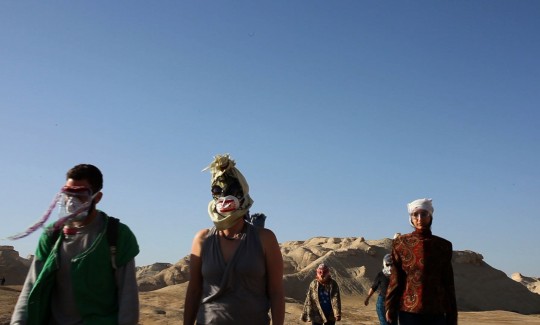We Refugees*
Seeking refuge, immigration, crossing the Mediterranean via clandestine routes – these have become central issues for many artists, critics, and curators. Small boats carrying immigrants have emerged, in the words of art historian Jennifer González, as "an iconic sign and key metaphor for African migration." Works dealing with the perilous journey from the global south to Western Europe by sea or by land often embrace a documentary-style aesthetic in order to make covert migration visible.
Contemporary artists' interest in modern refugees stems from their recognition of the often-revolutionary nature of today's migrant movement. The fact that many migrants and refugees leave their home countries by necessity does not indicate political passivity. The works presented in this exhibition demonstrate the important role of modern migration as a means for people and communities to change the circumstances of their lives.
The idea of the refugee challenges traditional national-liberal identities that see the national collective as the source of self-definition. Immigrants, refugees, displaced and exiled people, and economic migrants play a crucial role in the formation of a post-national reality that aspires to dismantle larger identity constructs. For many artists, the refugee is a symbol of resistance, challenging the most basic concepts of political discourse – human rights, civil rights, sovereignty, labor, and others. The refugee must confront a well-organized system of state and law that includes police, bureaucracy, surveillance, enforcement, and "municipal terror." The persona of the refugee suggests a new political philosophy based on nomadic principles.
In Israel, the migration revolution challenges the demographic self-perception of Israel as the Jewish state. Contemporary Israeli artists deal with this issue by accentuating the refugees' power to resist this demographic logic and contribute to a pluralistic view of the Israeli population as a diverse, multicultural society.
Exhibited works by contemporary Israeli artists such as Yuval Yairi, Asaf Kliger, Oren Ziv, Thalia Hoffman, and others challenge the modernist discourse in Israeli art, which has generally avoided discussing refugees and immigration. In the Zionist discourse, those who came to Israel were not "refugees" but "olim" ("new immigrants" in Hebrew, literally "ascenders"), carrying the promise of revival and rejuvenation. The difference between immigrants and olim reflects the Zionist sentiment of historical uniqueness and a focus on the "desire to become a nation." Among the mere handful of Israeli artists who dared to tackle the issue of refugees and immigrants in the past were Miron Sima, Jacob Steinhardt, and Naftali Bezem, also featured in this exhibition.
The works of contemporary Israeli artists deal with the personal experiences of refugees and the ways in which they interact with Israeli society. Throughout the exhibition, the image of the refugee – devoid of the "right to have rights," in the words of Hannah Arendt – manifests the lack of autonomous space within the political order of the Israeli nation-state – an autonomous space unencumbered by biometric identification and surveillance; a space based on the concept of the individual's right to refugium (refuge in Latin) rather the citizen's subjugation to the ius (law); an a-territorial or exterritorial space not bound by a homogeneous national territory.
* The title of this exhibition is based on Hannah Arendt's famous essay from 1943 of the same name.

